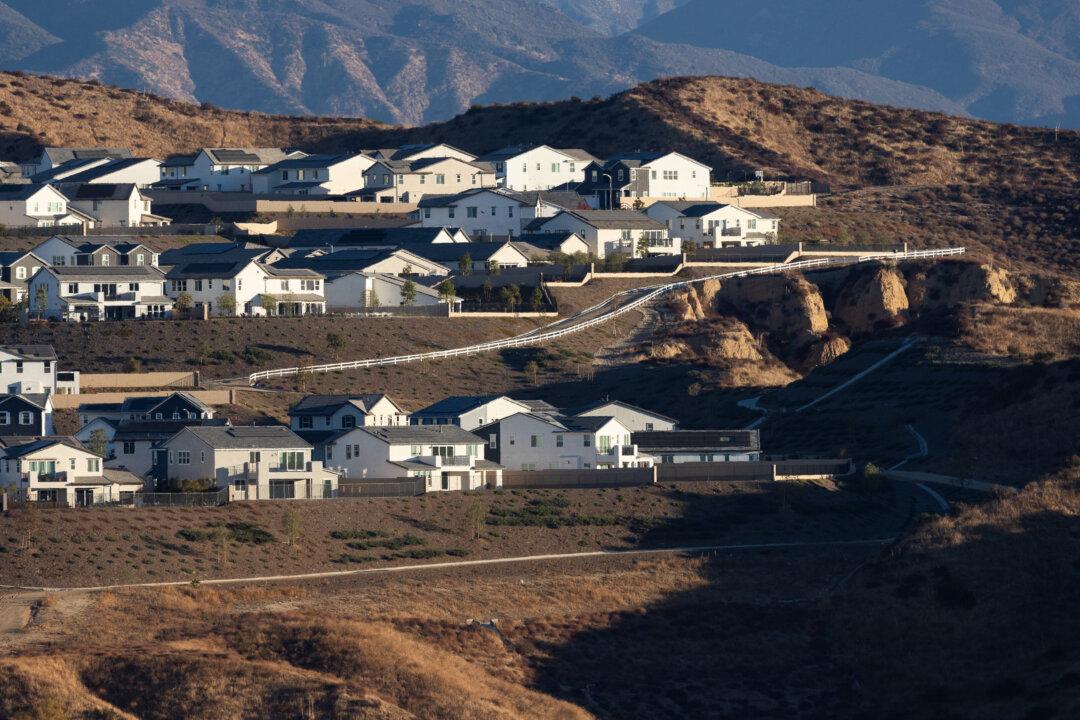Los Angeles County sued the owners and operators of Chiquita Canyon Landfill on Dec. 16, alleging that the landfill has failed to contain a horrendous stench that residents say is making them sick.
The suit argues that the operators—Chiquita Canyon LLC, Chiquita Canyon Inc., and Waste Connections U.S. Inc.—failed to stop a hazardous underground reaction smoldering at the Val Verde dump, which has been emitting noxious odors, hazardous gases, and toxic leachate into communities and the surrounding environment for years. Leachate is a toxic liquid formed when rainwater filters through decomposing waste.





